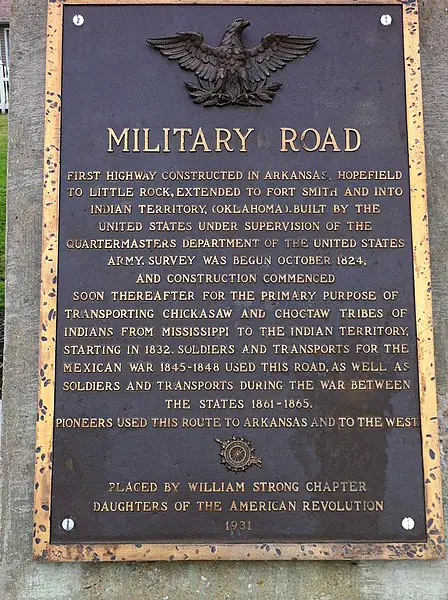Andrew Jackson’s War Against the Indians
As Europeans set out on explorations and discovered new worlds they maintained that any of the people that they came into contact were barbarians.
They ignored the beauty, art and culture of many civilizations, often conquering them and forcing them to adopt the Christian religion or die.
This attitude was brought over the colonies of America and even when the United States was created they still viewed the Native Indians as less than human.
One President held the Native Indians in contempt above all others and Andrew Jackson’s legacy of hate took a toll on the original inhabitants of America.
- As settlers expanded in the United States many politicians debated what to do with the Native Indians. Most had the desire to have peaceable discussions with the Native Indians, however Andrew Jackson had already established his dislike for them. Jackson’s success in the War of 1812 as he battled for white settlers and against the Native Indians set his reputation. He was also part of the First Seminole War that destroyed Florida’s Seminole tribe.
- Once Jackson was President he let this disgust for Native Americans sway his opinions. When Georgia’s white settlers complained about the Creek and Cherokee Native Indian tribes living on land that they wanted, they settlers knew that Jackson would take their side in any argument. The settlers not only revoked the Cherokee nation in Georgia’s constitution but declared that the Native Indians were subject to Georgia law. The Cherokee Nation took the State of Georgia to the Supreme Court in 1830 and the judge ruled in favor of the Cherokee Nation, stating that the State of Georgia had no authority of the sovereign nation of the Cherokee.
- Going against the Supreme Court ruling, President Jackson decided that he would reject the ruling and continued an Indian removal Policy. The Indian Removal Act of 1830 offered relocation to new lands on a voluntary basis, but the government abused the law and many were forced to relocate.
- The Act was supposed to apply to the Choctaw, Chickasaw, Cherokee, Creek, and Seminole Native Indians, also called the “Five Civilized Tribes.” Although the Choctaws signed and volunteered to relocate, the Seminoles refused to leave their Florida ancestral home. This refusal caused the Second Seminole War in 1835. The Seminoles lost and they were forced to go to a territory west of the Mississippi River.
- Although the Chickasaw tribe agreed to leave in exchange for a payment, the U.S. government refused to pay until thirty years later. The Creek had lost most of their land in the Battle of Horseshoe Bend during the War of 1812 and those that were left signed their land over.
- The tribes that left took everything they had and walked in what is called the Trail of Tears. Many older members of the tribe along with children died during the forced walk and they had to move from Georgia, Alabama, Florida, and Mississippi to what is known today as Oklahoma. The Cherokees that signed the treaty represented a small portion and they were forced to walk the Trail of Tears. They began with 17,000 Cherokees and around 8,000 died on the trip.

- Andrew Jackson was directly responsible for the mistreatment and deaths of so many Native Indians. He encouraged the negative beliefs against the tribes and peoples, some of which carry through to today.
Q&A:
What two battles did Andrew Jackson participate in that fought the Native Indians?
War of 1812 and First Seminole War
What was the name given to the Choctaw, Chickasaw, Cherokee, Creek, and Seminole Native Indians?
The Five Civilized Tribes
What was the name of the long walk that Native Indians had to take when they were forced to relocate?
Trail of Tears
How many Cherokees died during the long walk from the southern states?
8,000
Where were the Native Indian tribes relocated to?
Oklahoma
What choice did the Indian Removal Act of 1830 give Native Indians?
The option to voluntarily relocate




